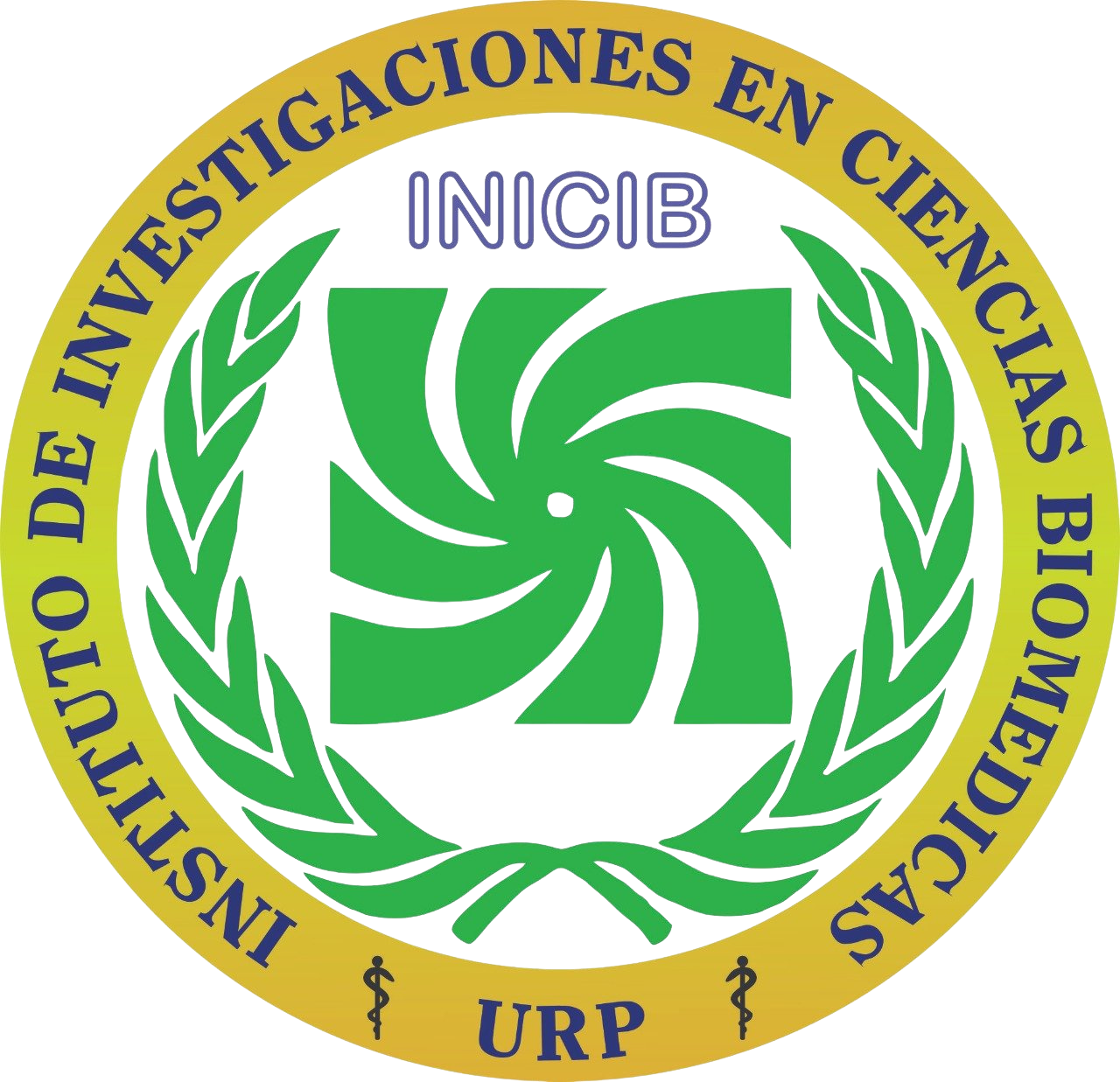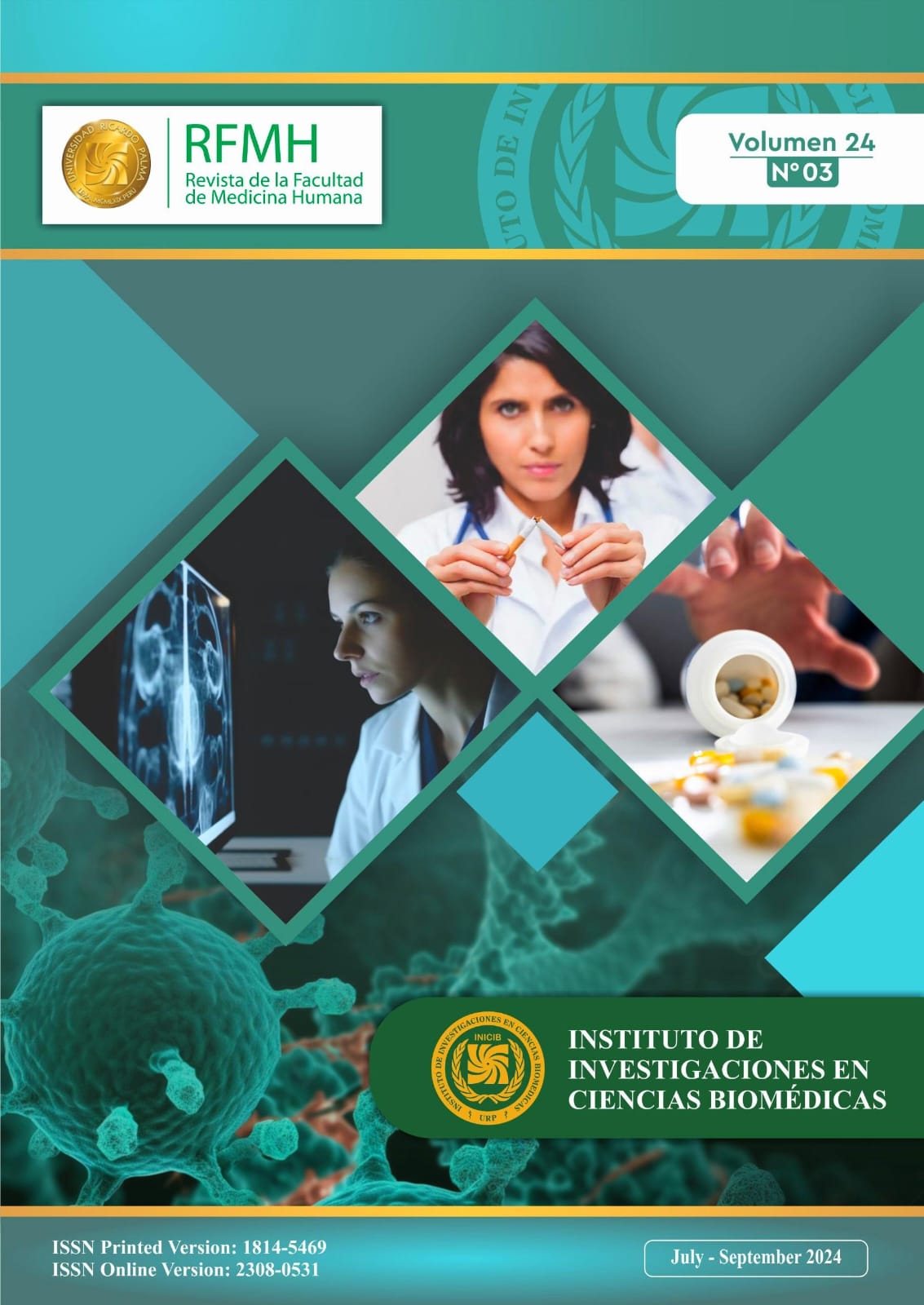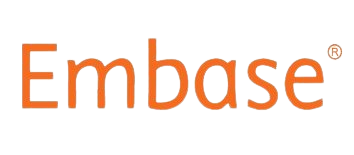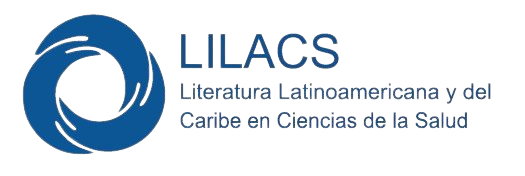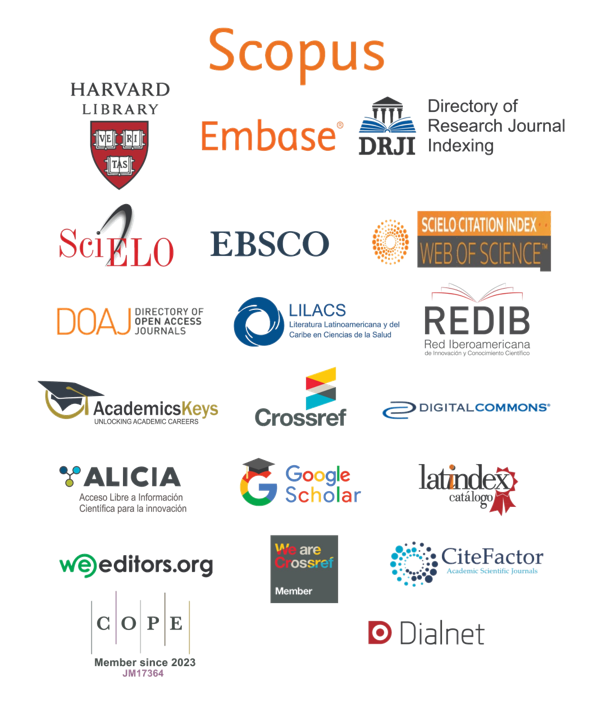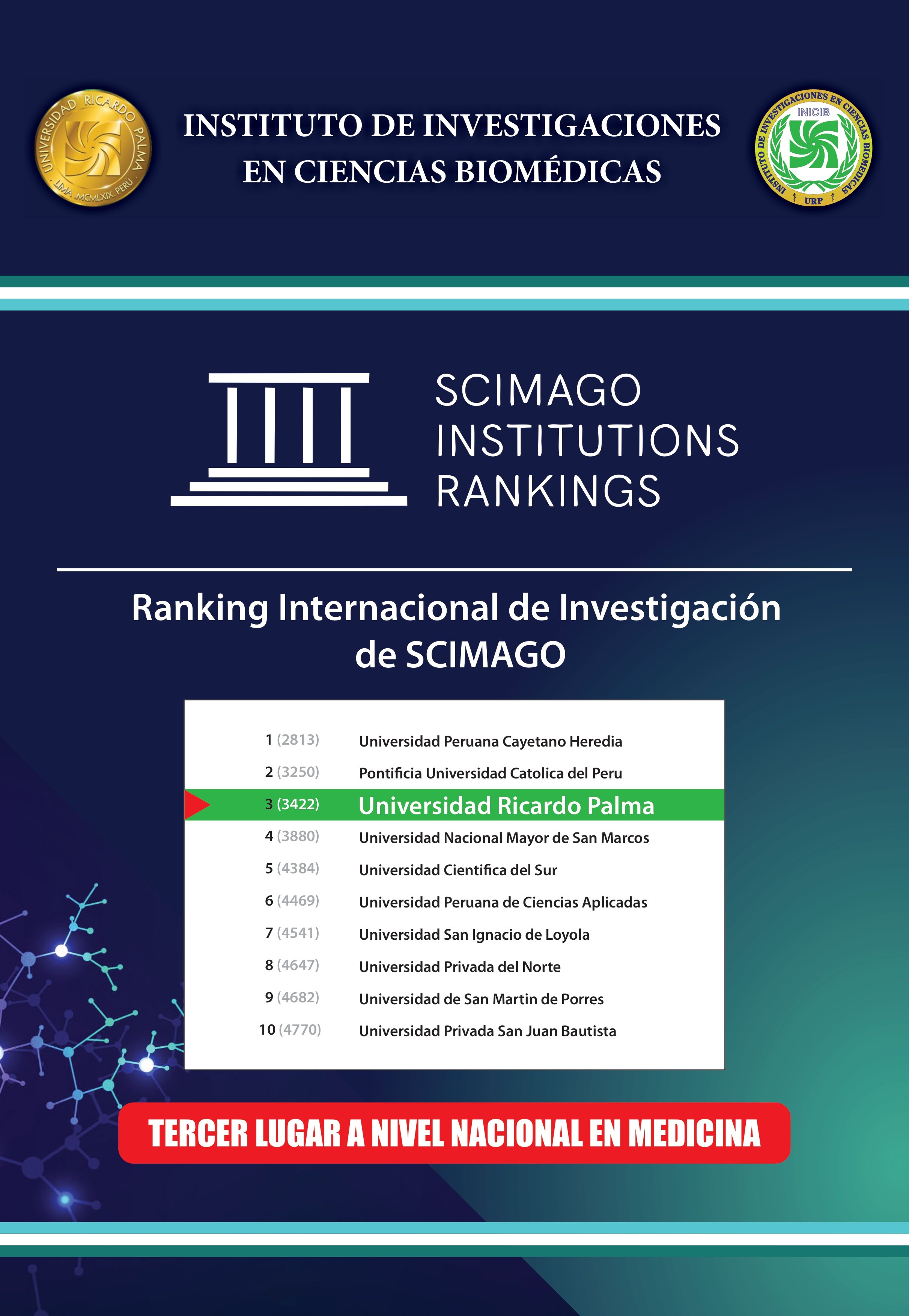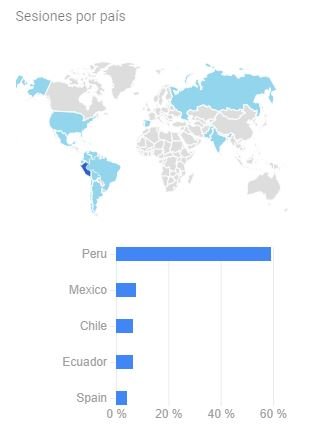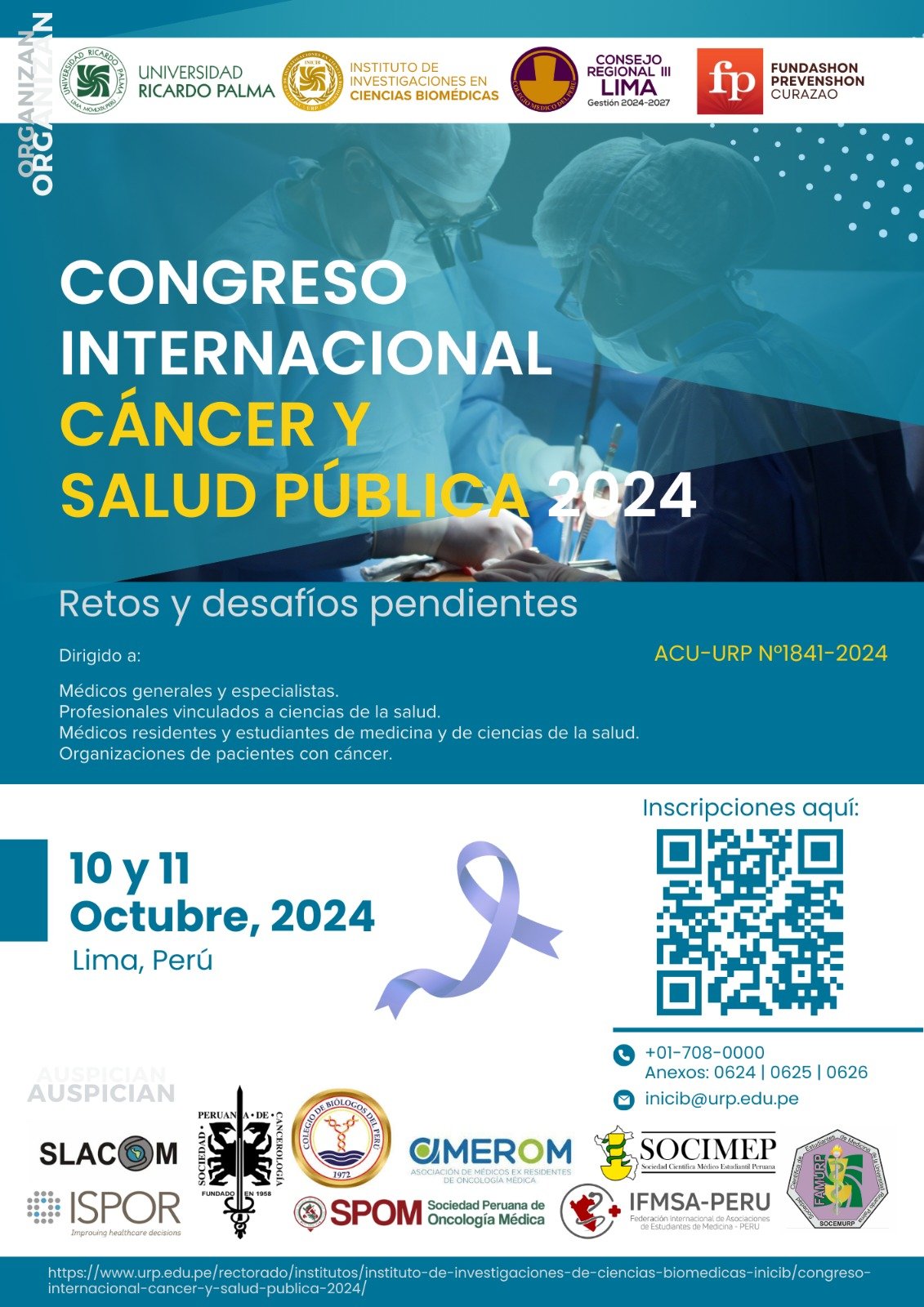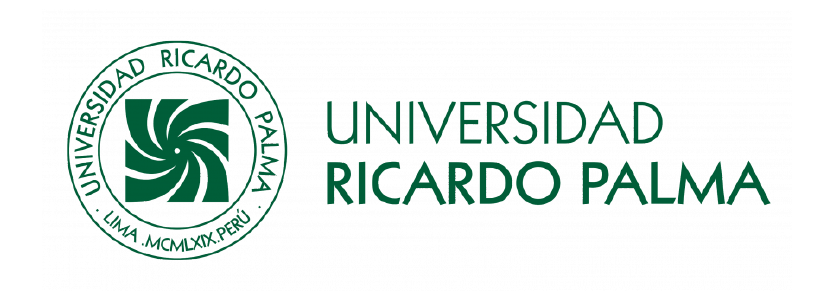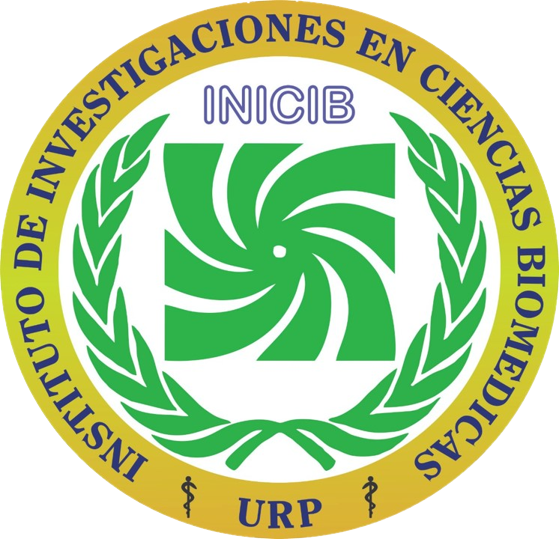Self-medication in children with upper respiratory diseases in a mother-child center in Peru
Automedicación en niños con enfermedades de vías respiratorias altas en un centro materno infantil en Perú
DOI:
https://doi.org/10.25176/RFMH.v23i2.5657Keywords:
Self-medication, Respiratory , Tract Diseases, Child, Epidemiological FactorsAbstract
Introduction: Self-medication is a common practice to alleviate symptoms of various diseases in child population such as pharyngitis and rhinopharyngitis that are common in health centers in Peru. Objective: To determine the factors associated with self-medication in children with upper respiratory tract diseases. Material and methods: Cross-sectional analytical observational study. The sample size was 206 parents who went with their children to the Emergency Service. A questionnaire approved by Valenzuela. M and the SPSS program were used to find the frequency, bivariate analysis and multivariate logistic regression analysis of Poisson. Results: The prevalence of self-medication in children was 91.3%. Parents who only studied primary and secondary school were more likely to self-medicate their children APR=1.22 (95% CI: 1.01-1.40). The firstborn were protected from self-medication APR=0.86 (95% CI: 0.76-0.97). Parents who were between 20 and 29 years old obtained APR=1.04 (95% CI: 0.96-1.13), children under 7 years old, APR=0.99 (95% CI: 0.91-1.07) and parents who had 1 child APR=1.04 (95% CI: 0.90-1.20). Conclusions: The educational level and the order number of the child, such as being the firstborn, had a significant association with self-medication in children.
Downloads
References
OPS/OMS. Crece el mapa de motivaciones para automedicarse [Internet]. [citado el 13 de noviembre de 2022]. Disponible en: https://www.paho.org/es/noticias/4-3-2021-crece-mapa-motivaciones-para-automedicarse
Agudelo S, Maldonado M, Gamboa O, Upegui D, Duran Y. Estudio de prevalencia de automedicación en niños que consultan por infección respiratoria aguda y enfermedad diarreica aguda a una clínica universitaria. Rev Salud Uninorte. 2020;36(1):46–61. doi:10.14482/sun.36.1.616.21
Arevalo AY, Atuesta YY, Bolaños JA. La automedicación en niños menores de tres años con infección respiratoria aguda del sector las cruces de la ciudad de ipiales [Tesis de grado]. Bogotá, Colombia: Universidad Nacional Abierta y a Distancia; 2011 [citado el 13 de noviembre de 2022]. Disponible en: http://repository.unad.edu.co/handle/10596/26388
Rivera MJ. Análisis del uso de medicamentos en niños menores de 2 años provenientes del distrito de Villa El Salvador desde el 2016 hasta el 2019 [Tesis de grado].Lima, Perú: Universidad Cayetano Heredia;2022 [citado el 13 de noviembre de 2022]; Disponible en: https://repositorio.upch.edu.pe/handle/20.500.12866/11629
Valenzuela M, Sánchez FJ, Uberos J et al. Automedicación, autoprescripción y medicación «por poderes» en pediatría. An Pediatría. 2017;86(5):264–9. doi:10.1016/j.anpedi.2016.06.002
Simon B, Kazaura M. Prevalence and Factors Associated with Parents Self-Medicating Under-Fives with Antibiotics in Bagamoyo District Council, Tanzania: a Cross-Sectional Study. Patient Prefer Adherence. 2020;14:1445–53. doi:10.2147/PPA.S263517
Karatas Y, Khan Z, Ekemen E et al. Parental self-medication and associated factors in children: a cross-sectional study in Turkey. J Pharmaceutical Health Services Research, 2023;14(1): 79–86. https://doi.org/10.1093/jphsr/rmac051
Farooq U, Khubaib S, Mehmood A. Self-Medication Trends in Children by Their Parents. J Develop Drugs.2017;6(2):1-7.doi: 10.4172/2329-6631.1000173
Romero CE. Administración de fármacos sin prescripción médica a pacientes pediátricos que acuden a recibir atención en la sala de emergencia del Hospital Pablo Arturo Suárez [Tesis para grado]. Quito, Ecuador: Pontificia Universidad Católica de Ecuador ; 2018 [citado el 27 de enero de 2023]. Disponible en: http://repositorio.puce.edu.ec:80/handle/22000/14778
Katumbo AM, Tshiningi TS, Sinanduku JS et al. The practice of self-medication in children by their mothers in Lubumbashi, Democratic Republic of Congo. J Adv Pediatr Child Health. 2020;3(1):027–31. doi:10.29328/journal.japch.1001014
Córdova DA, Chávez CG, Bermejo EW, Jara XN, Santa FB. Prevalencia de infecciones respiratorias agudas en niños menores de 5 años en un centro materno-infantil de Lima. Horiz Méd Lima. 2020;20(1):54–60. doi:10.24265/horizmed.2020.v20n1.08
Sejas A, Condori R. PREVALENCIA DE INFECCIONES RESPIRATORIAS Y ENFERMEDADES DIARREICAS AGUDAS EN NIÑOS DE VILLA CARMEN - QUILLACOLLO, 2017. Rev Científica Cienc Médica. Disponible en: <http://www.scielo.org.bo/scielo.php?script=sci_arttext&pid=S1817-74332018000100006&lng=es&nrm=iso>. ISSN 2077-33232018;21(1):50–4.
ESSALUD. Compendio de recomendaciones para el manejo de en situaciones de Emergencia 2017 [Internet] [citado el 13 de noviembre de 2022]. Disponible en: http://www.essalud.gob.pe/downloads/guias_emergencia_epidemiologica/comp_recomendac_manej_enferm_emergencia2017.pdf
Brenis CM de J, Santos MS, Rojas AB, Iglesias S, Arce Z. Administración de medicamentos sin indicación médica en menores de cinco años de una ciudad del norte del Perú: Rev Exp En Med Hosp Reg Lambayeque. 2020;6(1). doi:10.37065/rem.v6i1.418
Ecker L, Ruiz J, Vargas M, Valle LJ, Ochoa TJ. Prevalencia de compra sin receta y recomendación de antibióticos para niños menores de 5 años en farmacias privadas de zonas periurbanas en Lima, Perú. Rev Peru Med Exp Salud Pública. 2016;215–23. doi:10.17843/rpmesp.2016.332.2152
MINSA. Automedicación dificulta diagnóstico de enfermedades y podría provocar la muerte [Internet]. [citado el 13 de noviembre de 2022]. Disponible en: https://elperuano.pe/noticia/124217-minsa-automedicacion-dificulta-diagnostico-de-enfermedades-y-podria-provocar-la-muerte
Abiodun MT, Ayinboumwan SA. Incidence, pattern and determinants of self-medication for fevers in children: A survey of caregivers in an emergency unit in Benin City, Nigeria. Ann Clin Biomed Res. 2022;3(2). doi:10.4081/acbr.2022.215
Cruz JC, Perez CZ, Cabrera MCS, Lopez ER, et al. Factors associated with self-medication of antibiotics by caregivers in pediatric patients attending the emergency department: a case-control study. BMC Pediatr. 2022;22(1):1–10. doi:10.1186/s12887-022-03572-z
Yuan J, Du W, Li Z, Deng Q, Ma G. Prevalence and Risk Factors of Self-Medication Among the Pediatric Population in China: A National Survey. Front Public Health. 2022;9:770709. doi:10.3389/fpubh.2021.770709
Mukattash T, Alkhatatbeh M, Andrawos S. Parental self-medication of antibiotics for children in Jordan. J Pharm Health Serv Res. 2020;11(1):75–80. doi:https://doi.org/10.1111/jphs.12331
Alonso AJ, Ruiz Y, Martínez GC et al. Factors and Practices Associated with Self-Medicating Children among Mexican Parents. Pharmaceuticals. 2022;15(9):1078. doi:10.3390/ph15091078
Ojeda AD. Factores socioeconómicos y automedicación en pacientes pediátricos del hospital Almanzor Aguinaga Asenjo, (julio - agosto), Chiclayo - 2018 [Tesis para grado]. Sullana,Perú: Universidad San Pedro; 2019 [citado el 13 de noviembre de 2022]. Disponible en: http://repositorio.usanpedro.edu.pe//handle/USANPEDRO/9231
Ukwishaka J, Umuhoza C, Cartledge P, McCall N. Pediatric self-medication use in Rwanda – a cross sectional study. Afr Health Sci. 2020;20(4):2032–43. doi:10.4314/ahs.v20i4.61
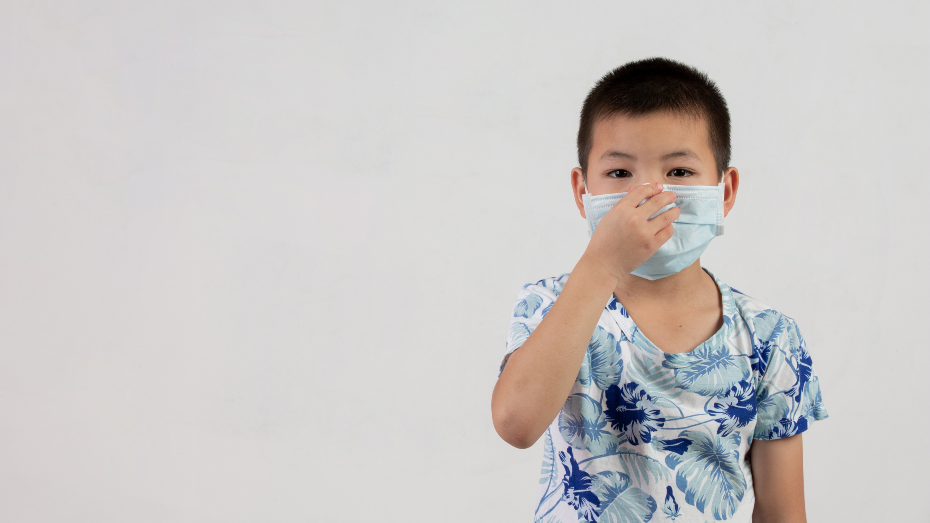
Downloads
Published
How to Cite
Issue
Section
License
Copyright (c) 2023 Revista de la Facultad de Medicina Humana

This work is licensed under a Creative Commons Attribution 4.0 International License.


